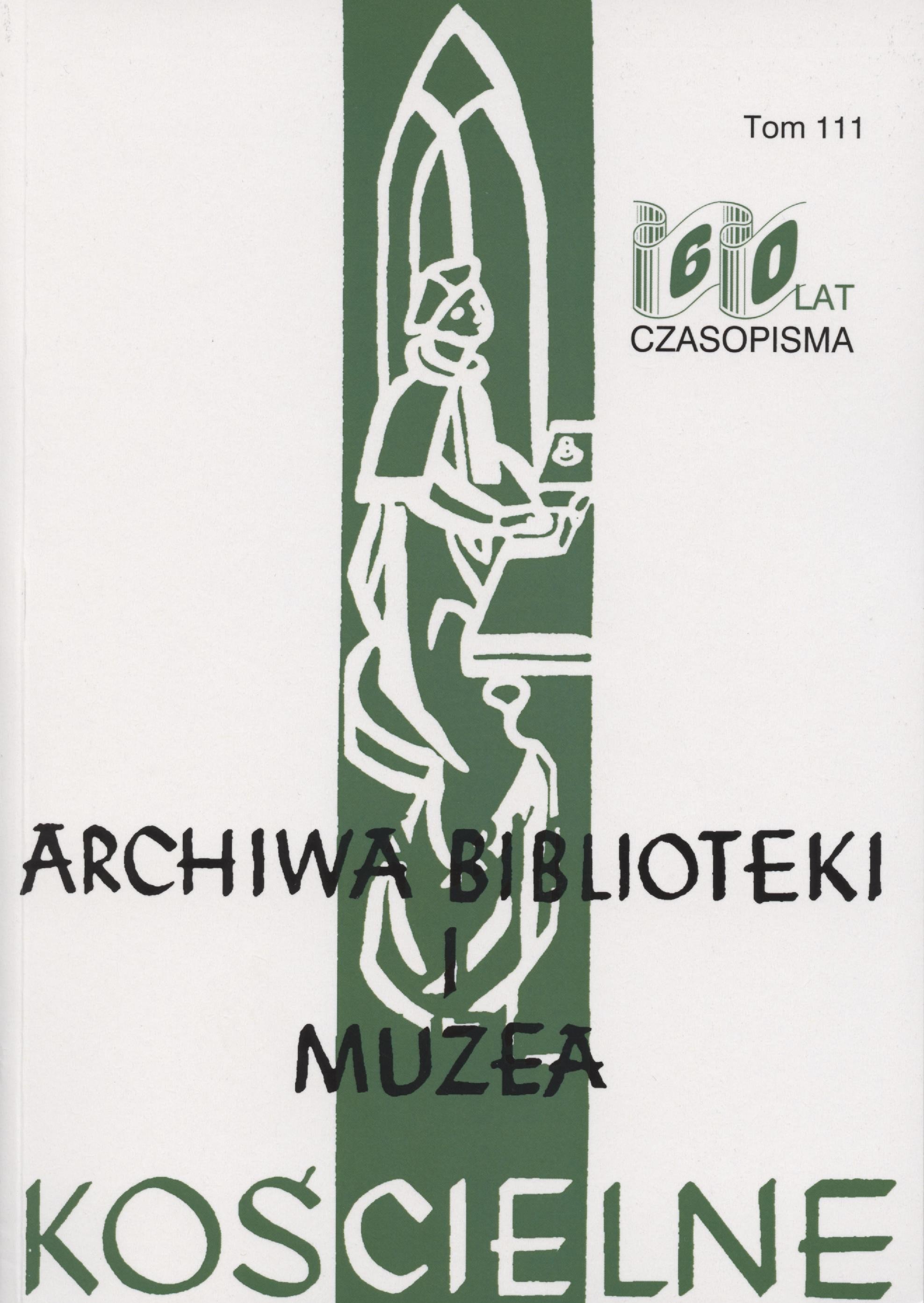Duchowieństwo katolickie i zakony we Włocławku i okolicy pod okupacją niemiecką (1939-1945)
The catholic clergy of Włocławek and its region under german occupation (1939-1945)
Author(s): Józef DębińskiSubject(s): Christian Theology and Religion, History, Geography, Regional studies
Published by: Katolicki Uniwersytet Lubelski Jana Pawła II - Wydział Teologii
Keywords: the diocese of Włocławek; the clergy; German occupation; world war II; the persecution of the Catholic Church; Dachau
Summary/Abstract: Of all dioceses in Poland, the diocese of Włocławek suffered the greatest losses of the clergy during World War II: 225 priests and 7 seminarians were killed along with Auxiliary Bishop M. Kozal, which accounted for 50,2% of the pre-war clergy. The whole diocese was annexed to Nazi Germany; most of the territory, including Włocławek, became part of the so-called Reichsgau Wartheland, and the Zawiślański region (20 parishes) became part of The Reichsgau Danzig-West Prussia. Due to the approaching military operations, Wrocław Bishop Karol Radoński, Cardinal August Hlond and Bishop Stanisław Okoniewski left the diocese. During the first months of the war, a great number of the priests from Włocławek and its region were arrested; some of them were deported to the camps in Dachau and others were shot, only few managed to survive. Religious congregations and monasteries met the similar fate. Monastic houses were gradually dissolved. Of 249 parishes of the diocese of Włocławek (including two military ones) only 5 left in The Reichsgau Wartheland; the parishes of the Zawiślański region, however, were allowed to function and the Germans tolerated the activity of some priests. The priests both from these tolerated parishes and underground ones limited their pastoral work to administering sacraments and celebrating Holy Masses primarily in the presbytery and other parish or private buildings. The masses were addressed only to the selected members of the faithful. The Germans, being driven by hatred for the Church, demolished churches, destroyed crosses, paintings, figures, roadside shrines and church decorations.
Journal: Archiwa, Biblioteki i Muzea Kościelne
- Issue Year: 2019
- Issue No: 111
- Page Range: 57-75
- Page Count: 19
- Language: Polish

